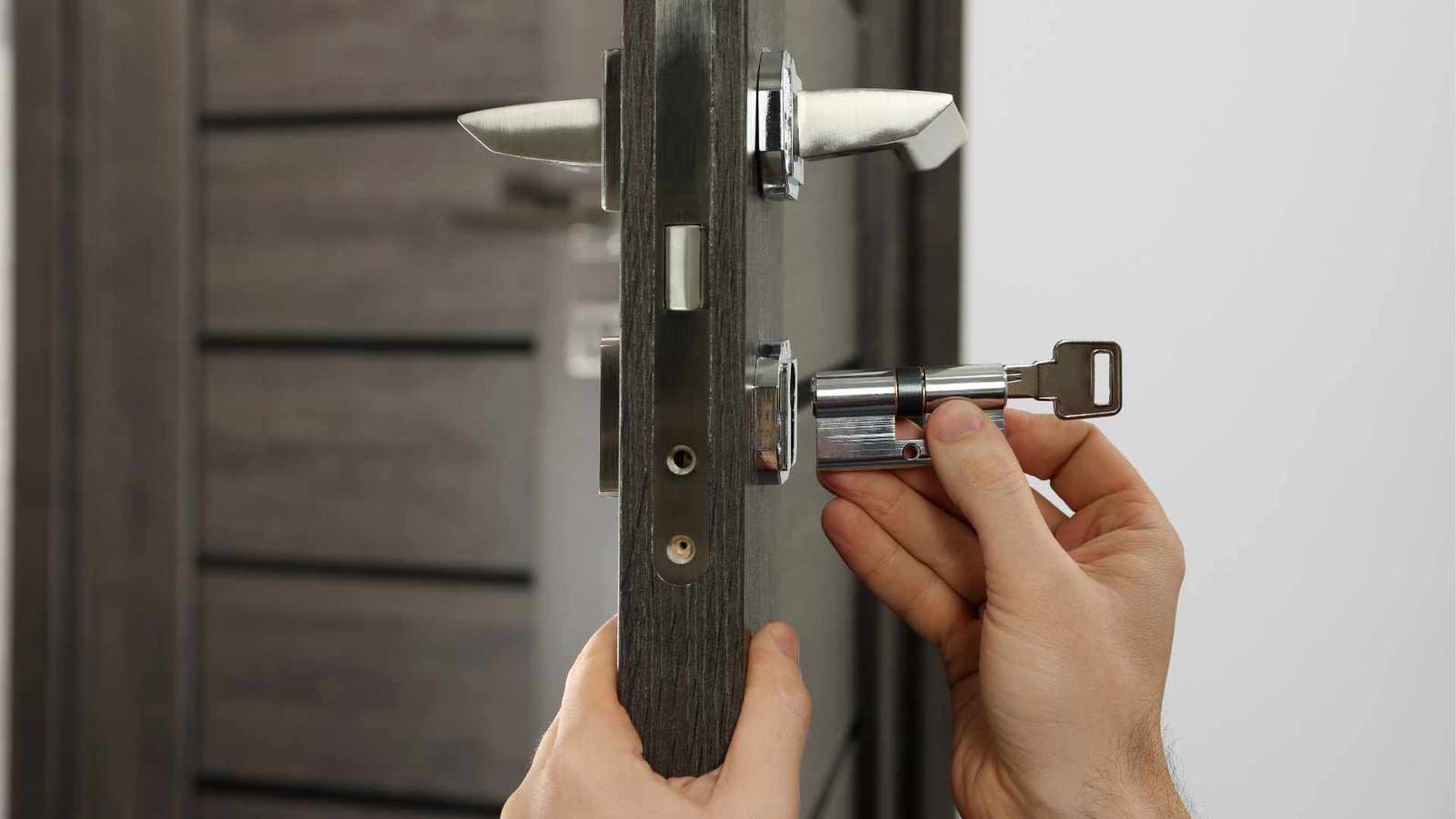Water damage can strike unexpectedly, especially in states like Florida and Texas, where the climate can be both a blessing and a curse. From torrential downpours to hurricanes and burst pipes, knowing how to handle water damage is crucial for homeowners in these regions. Here’s a comprehensive guide to navigating the perils of water damage, tailored to the unique challenges posed by Florida and Texas’s seasonal climates.
Understanding the Seasonal Impact
Spring and Summer: The Rainy Season
In both Florida and Texas, spring and summer bring heavy rains and thunderstorms. Florida, known for its tropical climate, faces frequent downpours and the looming threat of hurricanes. Texas, particularly in the Gulf Coast region, experiences similar weather patterns with the addition of potential flash floods.
Fall: Hurricane Season
Hurricane season peaks from June to November, with September being the most active month. Both states are vulnerable to the devastating effects of hurricanes, which can lead to severe flooding and extensive water damage.
Winter: Cold Snaps and Burst Pipes
While winters in Florida and Texas are generally mild, occasional cold snaps can occur. In Texas, especially in northern regions, freezing temperatures can cause pipes to burst, leading to significant water damage.
Steps to Handle Water Damage
Immediate Actions
- Ensure Safety First: Before addressing water damage, ensure the safety of all occupants. Turn off electricity if water is near electrical outlets or appliances.
- Identify the Source: Locate and stop the source of water intrusion, whether it’s a burst pipe, roof leak, or floodwater entering your home.
- Document the Damage: Take photos and videos of the affected areas for insurance purposes. This documentation will be crucial for filing a claim.
Water Removal and Drying
- Remove Standing Water: Use buckets, mops, or a wet/dry vacuum to remove standing water. The faster you can remove the water, the less damage your home will sustain.
- Dry Out the Area: Open windows and doors to facilitate airflow. Use fans, dehumidifiers, and if available, professional-grade air movers to dry out the area thoroughly. Moisture left behind can lead to mold growth.
- Dispose of Damaged Materials: Remove and discard water-damaged materials like carpets, insulation, and drywall. These materials can harbor mold and are often beyond repair.
Cleaning and Disinfection
- Clean All Surfaces: Use a mixture of water and detergent to clean all affected surfaces. This step is crucial to remove any dirt and contaminants brought in by floodwaters.
- Disinfect: Apply a disinfectant to prevent mold and bacteria growth. Ensure the area is well-ventilated during this process.
Restoration and Repairs
- Assess Structural Damage: Check for structural damage to your home’s foundation, walls, and roof. If you suspect any serious damage, consult a professional.
- Repair and Rebuild: Replace damaged drywall, flooring, and other structural elements. Ensure that all repairs are up to code and consider using water-resistant materials in vulnerable areas.
Preventive Measures for the Future
Regular Maintenance
- Inspect Your Roof: Regularly check for and repair any leaks or damaged shingles.
- Clean Gutters and Downspouts: Ensure they are free of debris to facilitate proper drainage.
- Seal Cracks and Gaps: Inspect your home’s foundation, windows, and doors for any cracks or gaps and seal them to prevent water intrusion.
Emergency Preparedness
- Install a Sump Pump: A sump pump in your basement can help prevent flooding during heavy rains.
- Keep Emergency Supplies Handy: Have a stock of emergency supplies, including a wet/dry vacuum, fans, tarps, and sandbags.
- Develop an Emergency Plan: Create a plan for your family to follow in case of severe weather or flooding.
Climate-Specific Tips
- Hurricane Shutters and Impact-Resistant Windows: In Florida, consider installing hurricane shutters or impact-resistant windows to protect your home from storm damage.
- Pipe Insulation: In Texas, insulate pipes to prevent them from freezing and bursting during unexpected cold snaps.
Conclusion
Water damage can be a daunting challenge, but with prompt action and proper preparation, you can minimize its impact on your home. By understanding the seasonal risks and taking preventive measures, homeowners in Florida and Texas can better protect their properties from water damage year-round. Stay safe, stay prepared, and remember: quick response is key to effective water damage management.



0 Comments